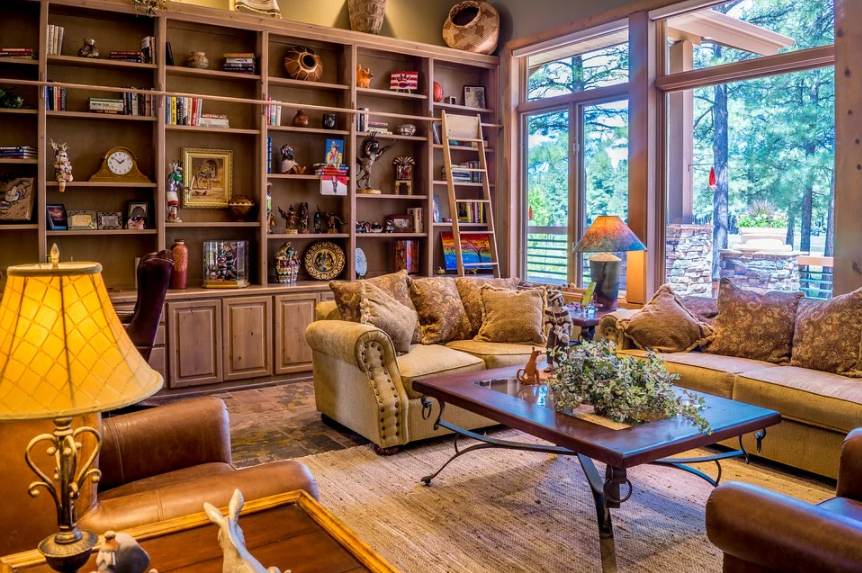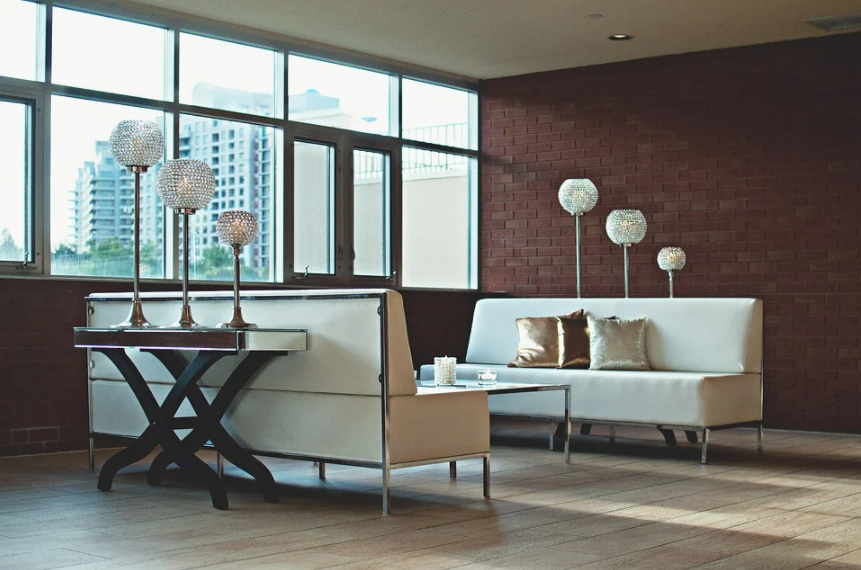Have you decided to build a new house, where do you start? First and foremost, we suggest you grasp a home because this will change your residence outline through the necessary home design elements.
Collect the Ideas
Start assembling your thoughts before you meet your architect. Is there a particular architectural project you would like to have? Colonial? Colonial? Chief? Salt chest? Farm? Start from there with the principles of the house layout. Would you like to have a master bedroom with or without a master bathroom? Could it be on the first or second floor? If this is a vacation home that will be your retirement home, you may want to have the second floor’s essential rooms to be easily accessible in the following years. Would you like a sizeable converted kitchen or another dining room?
Are you planning to accommodate small or large groups of people in your facility? Do you need a living room or multimedia room separate from the Main Hall? Do you have a particular thought that occupies a different place? Compare all these areas with your current home. Is it right that the site you have is suitable for your needs? Write down the size of your room and then indicate if the space is adequate.

Consider the Living Spaces
Whenever possible, start looking for areas that reduce living space. For example, if you only have a large laundry room and use half the distance, mark it as a potential space saver. Whenever you reduce your house’s size, you will probably save on the initial cost of materials and the cost of electricity throughout the house’s life.
A house serves many purposes, but it can also satisfy many aesthetic, personal, and emotional conditions that are difficult to put into words. When you begin to get a picture of your home’s design, this will allow your architect to decide and communicate how each room should be. How? Start with some basic exercises. Take a magazine from the house or imagine a home, you know. Find a place you like.

Observe the Small Details
What do you like? The way the daytime sun casts shadows within the region? The proximity or distance of the area? What does this air produce? These small ideas can allow your home design to evolve from a floor plan to a custom house that is a growth of your daily philosophy. Do this for every room in your plant. It is also advantageous to describe what you don’t like about specific floor plans, places, or spaces.
You may like the wonderful area in a magazine photo, but you don’t like that television is the center of attention. Or maybe you prefer the distance but can’t find the intimacy you’re looking for at home: a cozy corner to chat with another couple, a well-lit reading area, or maybe a secluded place for your cell phone charger, email, and phone. As you proceed, you can update your ideas with text and pictures. Sooner or later, you will come to a beautiful understanding of what your home should be like and how it should be. Lastly, Bring your notebook to your first meeting with your architect.



Comments are closed, but trackbacks and pingbacks are open.